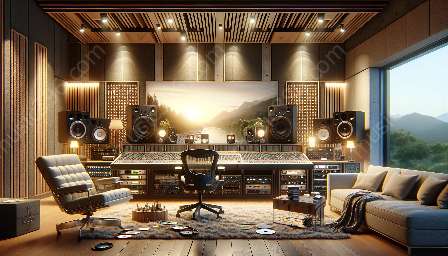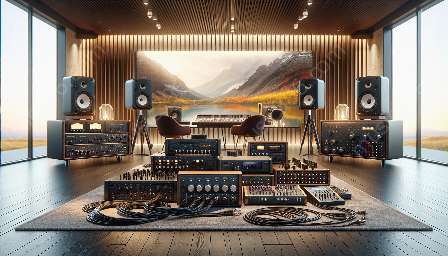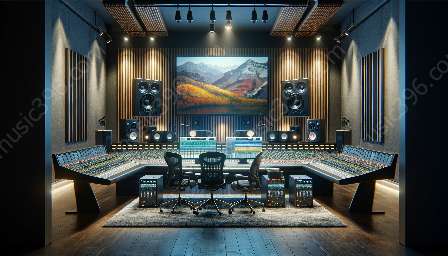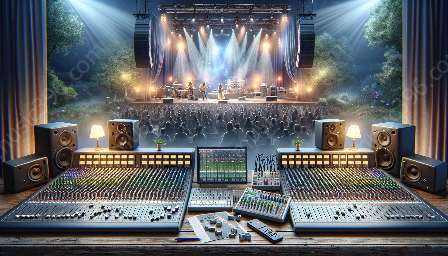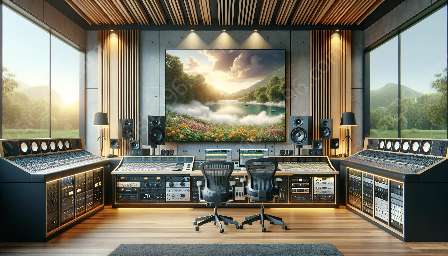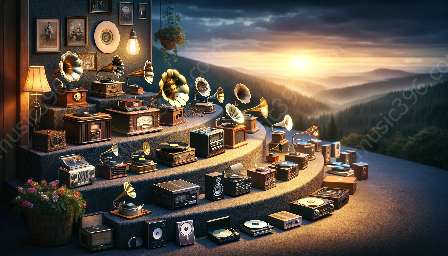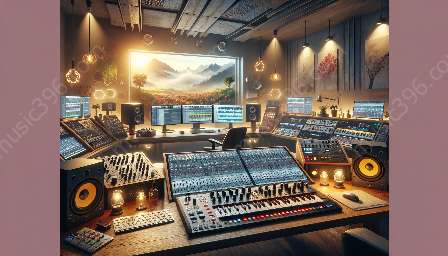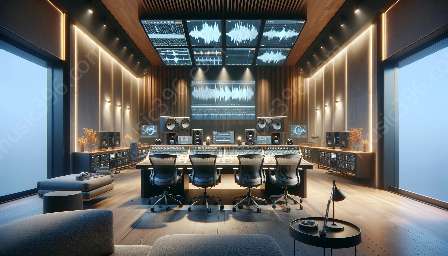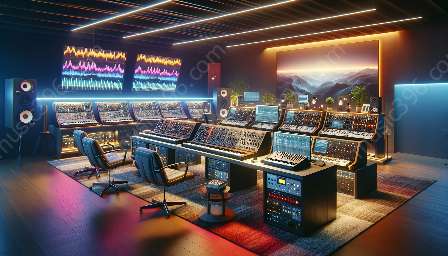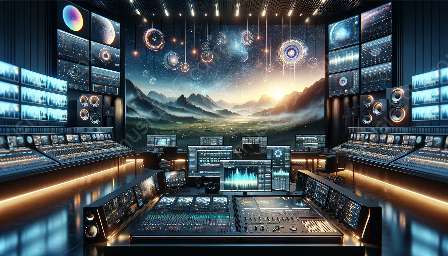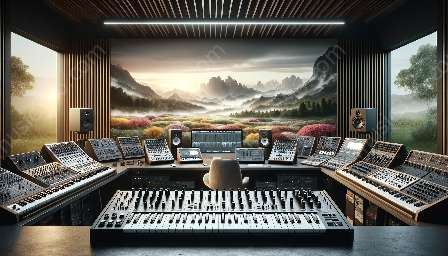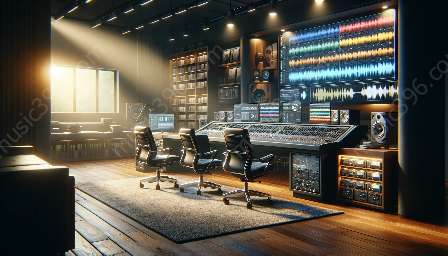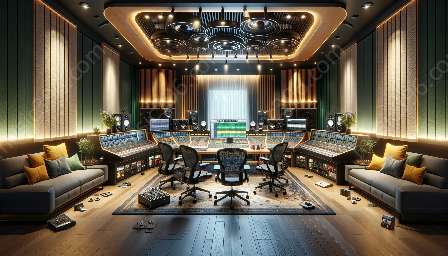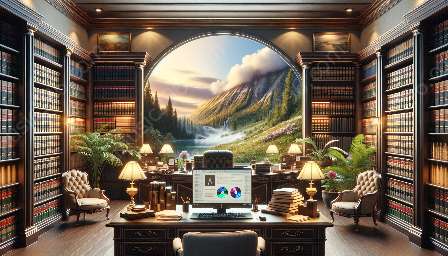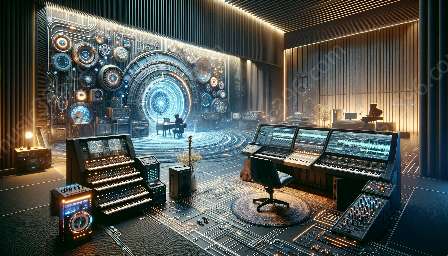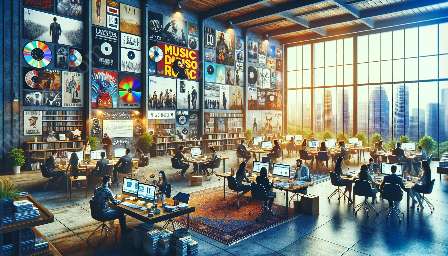Sound mixing and editing have evolved significantly in the era of immersive audio experiences. This topic cluster delves into the cutting-edge trends and advancements in immersive audio sound mixing, offering insights into how these innovations are shaping the future of audio production, CD, and audios. From spatial audio to interactive sound design, explore the captivating world of immersive sound mixing and editing.
1. Evolution of Sound Mixing and Editing
The traditional approach to sound mixing and editing involved creating a stereo mix that was pan-potted across two speakers. However, with the advent of immersive audio technologies, such as Dolby Atmos and DTS:X, sound professionals can now work with multi-channel audio that enables a more enveloping and realistic audio experience.
This evolution has led to the development of advanced mixing consoles, software plugins, and hardware processors that cater to the demands of immersive audio production. In addition, the rise of virtual reality (VR) and augmented reality (AR) has further pushed the boundaries of sound mixing and editing, as these platforms require spatial audio that can immerse users in 360-degree soundscapes.
2. Spatial Audio and Object-Based Mixing
Spatial audio, also known as 3D audio, is a key trend in immersive sound mixing. It involves creating a sense of auditory space, allowing sounds to be positioned and moved in a three-dimensional environment. This concept goes beyond traditional stereo or surround sound, enabling audio engineers to place sounds above, below, and all around the listener, contributing to a truly immersive audio experience.
Object-based mixing is closely related to spatial audio and allows sound elements to be treated as individual objects that can be dynamically positioned and animated in 3D space. This approach gives sound professionals greater creative freedom and flexibility in designing complex audio scenes, making it a valuable tool in immersive audio production.
3. Interactive Sound Design and Game Audio
Innovative trends in immersive audio sound mixing are not limited to traditional media such as films and music. Interactive sound design, particularly in the realm of video games, has seen significant advancements, driving the demand for dynamic and responsive audio experiences.
Game audio now encompasses adaptive and interactive soundscapes that respond to player actions and environmental variables, creating a more engaging and lifelike gaming experience. This trend has led to the development of sophisticated audio middleware and real-time sound processing techniques that empower sound designers to craft intricate and immersive audio worlds within interactive environments.
4. Embracing Binaural and Ambisonic Techniques
Binaural recording and ambisonic sound capture techniques have gained traction in immersive audio production, offering a heightened sense of spatial realism and immersion. Binaural recording utilizes specialized microphones placed within or mimicking the human ear structure to capture audio in a manner that closely resembles human hearing.
Ambisonic techniques involve capturing audio from all directions using a spherical microphone array, enabling sound designers to encode and manipulate sound fields in post-production to create a sense of enveloping spatial audio. These techniques have found application in various fields, including virtual reality, 360-degree video, and live music production, contributing to the growing demand for immersive sound mixing and editing expertise.
5. Integration with CD and Audio Production
As the demand for immersive audio experiences continues to rise, the integration of innovative sound mixing and editing techniques with CD and audio production has become increasingly relevant. For audio engineers and music producers, the ability to deliver immersive audio content on CDs and streaming platforms has become a competitive advantage.
Advanced mastering and encoding processes are being developed to ensure that immersive audio content translates effectively to CD and other audio formats, preserving the spatial and interactive qualities of the mix. Furthermore, the adoption of immersive audio standards and metadata specifications is pivotal in ensuring compatibility and consistency across various playback systems and platforms.
Conclusion
Innovative trends in immersive audio sound mixing are revolutionizing the way audio professionals approach creative storytelling and sensory experiences. By embracing spatial audio, interactive sound design, and advanced recording techniques, the future of sound mixing and editing is set to deliver increasingly captivating and lifelike auditory experiences across a wide range of media platforms.


